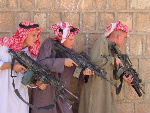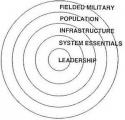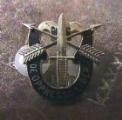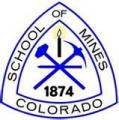All,
Attached is a slide I use during my presentations that usually engenders quite a bit of discussion (which Is why I use it - to stir the pot).
This is why (in my view) we have hard times with COIN/SO/etc. Failure to understand the nature of the beast.
Like all slides there is a heavy dose of generalization. Obviously Ahmed the RPG gunner in AQI isn't necessarily consumed with the political strategy, but his leaders are.
A simple application of this slide is the ongoing debate over the Predator strikes in AfPak and ongoing collateral damage issues. There are many more examples.
Again, slide is meant to provoke discussion, pro and con. So discuss!
Niel






 "A Sherman can give you a very nice... edge."- Oddball,
"A Sherman can give you a very nice... edge."- Oddball, 









 (hey, I read FM 3-07-1 and a lot of stuff looked very familiar
(hey, I read FM 3-07-1 and a lot of stuff looked very familiar 
Bookmarks